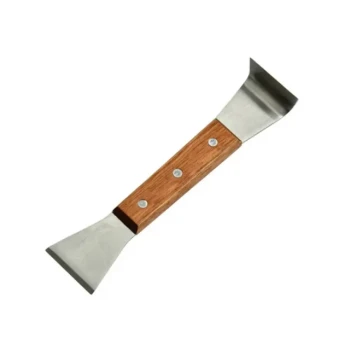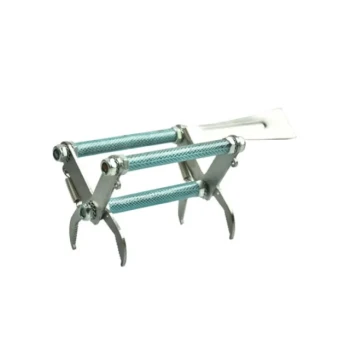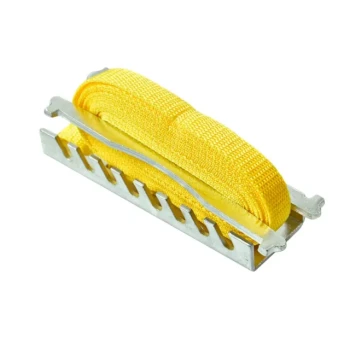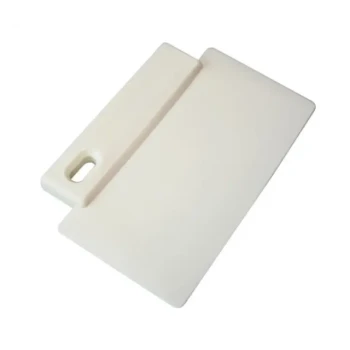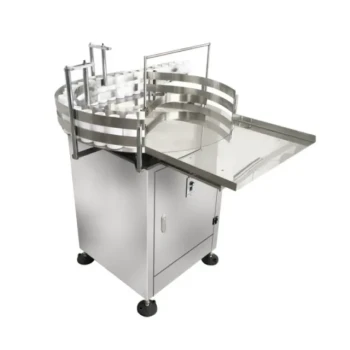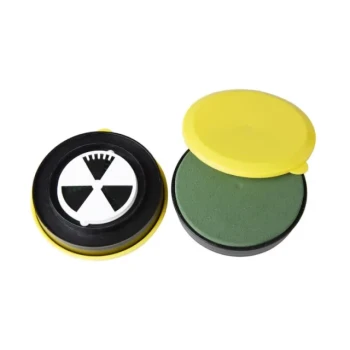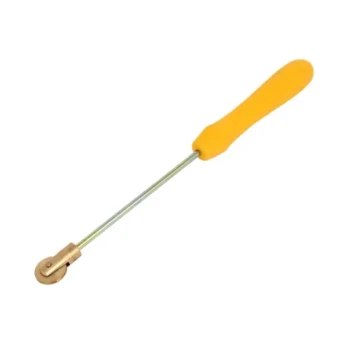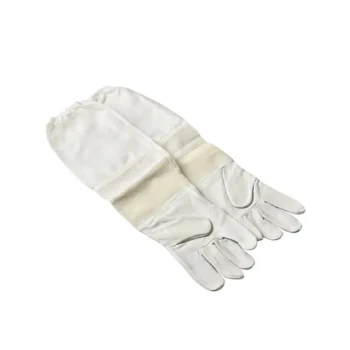Inside the hive, pollen is the cornerstone of life and growth. It is the colony's sole source of protein, vitamins, minerals, and lipids, making it absolutely essential for raising new generations of bees. Forager bees collect pollen and transport it back to the hive, where it is used to feed larvae, produce royal jelly, and be processed into a storable, nutrient-rich food called bee bread.
A colony's success is not measured in honey alone, but in its ability to grow and reproduce. Pollen is the indispensable fuel for this growth, acting as the essential building block for every new bee. Without a steady supply, a honey bee colony cannot raise brood and will ultimately collapse.
The Role of Pollen as the Colony's Primary Protein
Pollen's function in the hive is analogous to meat, eggs, and beans in the human diet. While honey provides carbohydrates for energy, pollen provides the complex nutrients required for tissue development, growth, and physiological function.
Fueling the Next Generation: Feeding the Larvae
Young, developing bee larvae have a voracious need for protein to build their bodies. Nurse bees directly feed larvae a mixture derived from pollen and their own glandular secretions. A lack of incoming pollen will immediately lead to a reduction or complete halt in brood rearing.
The Foundation of Royal Jelly and Brood Food
Nurse bees, typically young adult workers, consume large amounts of pollen. This consumption stimulates their hypopharyngeal glands, which then produce the protein-rich secretions known as royal jelly and brood food. Royal jelly is fed to queen larvae exclusively, while brood food is given to worker and drone larvae.
This process is critical: the nurse bee acts as a biological converter, transforming the raw nutrients from pollen into a perfectly formulated diet for the young.
From Raw Pollen to Storable Bee Bread
Fresh pollen is perishable and its nutrients are not always easy for bees to access. To solve this, bees process it into a more stable and bioavailable form.
The Fermentation Process
Worker bees pack the collected pollen pellets into honeycomb cells, often mixing in nectar and their own saliva, which contains beneficial enzymes. The cell is then sealed, and the mixture undergoes a lactic acid fermentation process.
This fermented, preserved pollen is known as bee bread.
Why Bee Bread is Superior
The fermentation process serves two vital purposes. First, it breaks down the tough outer shell of the pollen grain (the exine), which unlocks the nutrients within and makes them easier for the bees to digest.
Second, the lactic acid acts as a natural preservative, protecting the protein and lipids from spoiling. This allows the colony to create a stable, long-term protein reserve to survive periods of pollen dearth or the long winter months when foraging is impossible.
Understanding the Trade-offs: The Impact of Pollen Scarcity
A "pollen dearth," or a period with a lack of available pollen, has immediate and severe consequences for a honey bee colony.
Brood Production Halts
The most significant impact is on brood rearing. The queen may slow or completely stop laying eggs, and nurse bees will be unable to feed the existing larvae, which may even be cannibalized to conserve resources. This quickly shrinks the colony's population.
Reduced Adult Bee Health
Pollen is not just for the young. Adult bees, especially the queen and young nurses, require it to maintain their own health. A lack of pollen can shorten adult bee lifespans and impair their immune systems, making the colony more susceptible to disease.
The Beekeeper's Role in Supplementation
This is why beekeepers monitor pollen stores so carefully. In areas with poor floral resources or during a dearth, beekeepers provide pollen patties—a supplement made from real or substitute pollen—to prevent a break in the brood cycle and maintain colony strength.
Making the Right Choice for Your Goal
Understanding pollen's role is fundamental to effective bee management. Your monitoring and actions should be guided by your colony's needs.
- If your primary focus is colony growth and strength: You must ensure a consistent and diverse supply of natural pollen, as it directly dictates the rate of brood production.
- If your primary focus is overwintering success: You need to confirm the colony has ample stores of bee bread, not just honey, to raise the critical "winter bees" and sustain the cluster until spring.
- If your primary focus is managing a dearth: You should be prepared to provide pollen supplements to prevent a catastrophic break in the brood cycle and maintain the colony's population.
Ultimately, managing a colony's protein resources is just as critical as managing its carbohydrate stores, as pollen is the true engine of hive health and survival.
Summary Table:
| Pollen Use | Key Function | Benefit to the Colony |
|---|---|---|
| Feeding Larvae | Provides protein for growth | Builds the next generation of bees |
| Royal Jelly Production | Stimulates nurse bee glands | Essential for queen development |
| Bee Bread Creation | Fermented, storable food | Provides a long-term protein reserve |
Ensure your apiary thrives with the right protein resources. Just as pollen is essential for hive health, having the right equipment is crucial for your success. HONESTBEE supplies commercial apiaries and beekeeping equipment distributors with high-quality, wholesale-focused beekeeping supplies and equipment. From hive components to protective gear, we provide the tools you need to support strong, productive colonies.
Let's discuss your apiary's needs. Contact HONESTBEE today to learn more about our products and wholesale options.
Visual Guide

Related Products
- HONESTBEE Advanced Ergonomic Stainless Steel Hive Tool for Beekeeping
- Professional Dual-End Stainless Steel Hive Tool for Beekeeping
- Professional 3-Bar Frame Grip with Integrated Hive Tool
- Beehive Handle and Frame Rest Cutting Machine: Your Specialized Hive Machine
- Full Set Beekeeping Electronic Bee Venom Collector Machine Device for Bee Venom Collecting
People Also Ask
- Why is it important to compare the progress of different hives? A Beekeeper's Key Diagnostic Tool
- What are the features of a regular hive tool? The Essential Multi-Tool for Every Beekeeper
- How is a hive tool used for scraping and cleaning? Master Hive Maintenance for a Healthy Colony
- What is a hive tool and what are its uses? Master Your Hive Inspections with the Essential Beekeeper's Tool
- Why do hive tools have a hole? Unlock the Secret to Efficient Beekeeping

